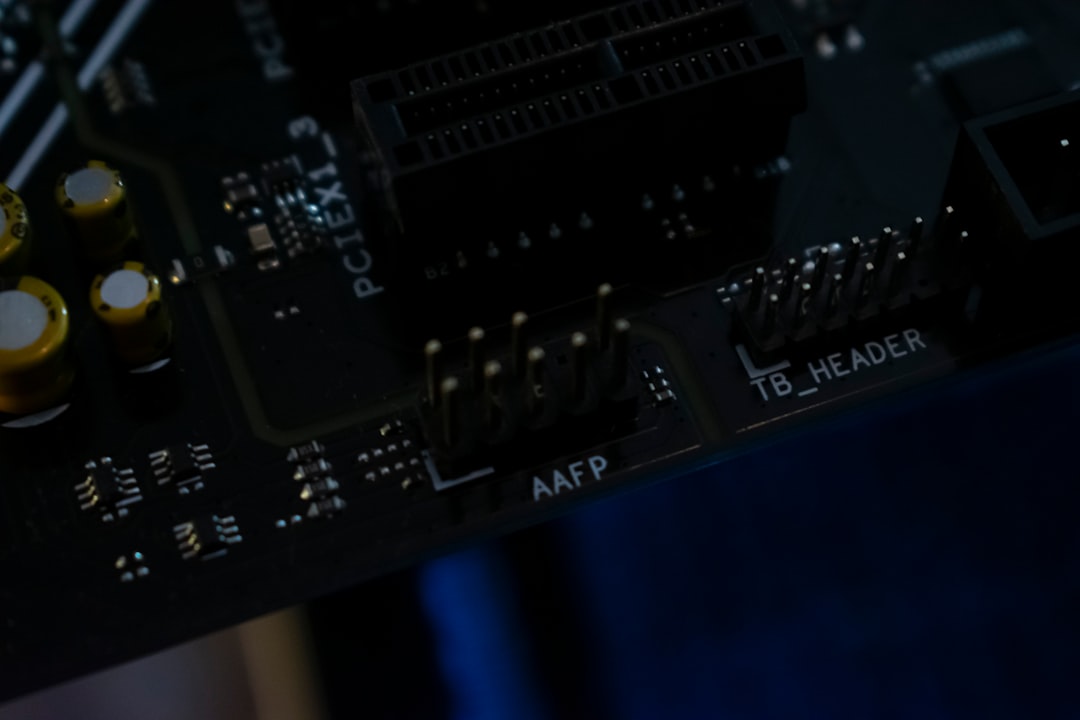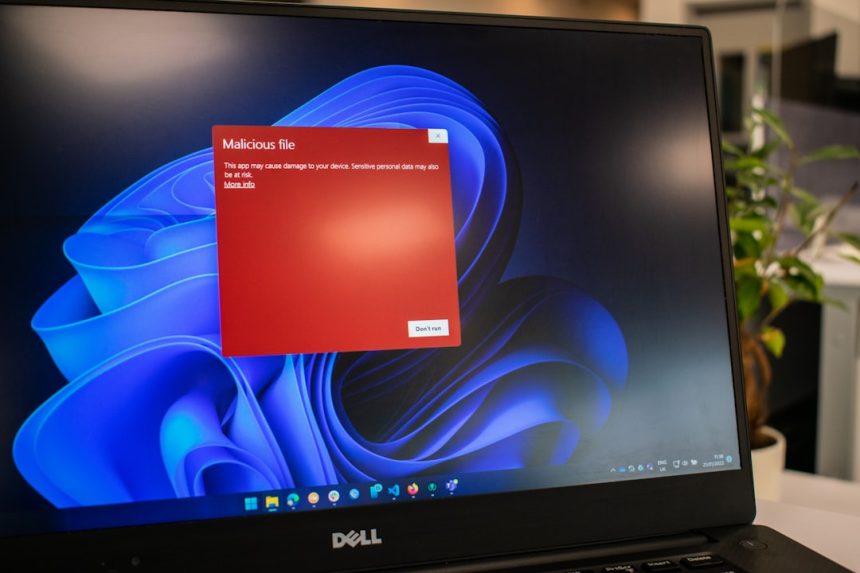For PC enthusiasts and gamers, squeezing every bit of performance out of hardware is an enticing proposition. Overclocking—the process of pushing your CPU, GPU, or memory beyond its factory-set limits—is often the method of choice. MSI, a well-known motherboard manufacturer, offers a feature known as OC Genie to help users automatically overclock their systems with minimal effort or risk. But many users raise a critical question: Is MSI OC Genie safe to use? This article dives deep into what OC Genie is, how it works, what benefits and risks are involved, and whether it’s a safe and worthwhile tool for boosting system performance.
TL;DR
MSI OC Genie is a built-in automatic overclocking feature found on many MSI motherboards. It’s designed to be user-friendly and safe, applying modest overclocking settings that stay well within generally acceptable voltage and temperature ranges. For most users, especially beginners, it presents a low-risk way to gain some performance enhancements. However, like any form of overclocking, it carries some level of risk, so understanding those risks is essential before enabling the feature.
What is MSI OC Genie?
OC Genie is MSI’s one-button solution for automatic overclocking. Found in many of their gaming and performance-grade motherboards, OC Genie tweaks system settings—including CPU multiplier, voltage, and memory timings—to help deliver better performance with minimal user input.
Users can enable OC Genie through the BIOS/UEFI interface or by pressing a physical button on the motherboard, if available. Once activated, OC Genie evaluates system hardware and applies pre-tested, stable overclocking profiles customized for that particular board and CPU combination.
Key Features of OC Genie:
- One-click overclocking: No manual tweaking needed
- Customized stability profiles: Pre-tested by MSI engineers
- Applies only moderate overclock levels: Focus on safety and longevity
This makes it especially useful for users who want to boost performance without diving deep into the technical details of voltage controls and system stability testing.

How Safe Is OC Genie?
Safety is the primary concern when it comes to overclocking, and rightly so. Pushing components beyond their nominal operating limits can lead to system instability, shortened hardware lifespan, or even irreversible damage if care isn’t taken.
When it comes to OC Genie, however, MSI takes a conservative approach. The overclock settings it applies are far more modest than what’s achievable through manual tuning, which substantially reduces the risk of hardware failure.
Here’s why OC Genie is generally considered safe:
- Low-voltage increase: OC Genie raises voltage levels just enough to support stable overclocking without causing thermal stress.
- Safe thermal thresholds: The overclock is configured to stay within safe temperature ranges to prevent overheating.
- Built-in safeguards: Most MSI motherboards use thermal protection and voltage regulation modules to shut down the system if it becomes unsafe.
However, keep in mind: “Safe” doesn’t mean “risk-free.” Even modest overclocking can degrade components slightly faster over long periods, especially under constant high-stress use like gaming or rendering.
Performance Gains: Are They Worth It?
One of the most commonly asked questions is whether OC Genie offers noticeable performance improvements. The answer depends largely on the CPU being overclocked and the type of workloads you’re targeting.
Typical Performance Gains:
- CPU clock: Often increased by 10-20% for compatible CPUs
- Gaming FPS: Gains vary between 5% and 15%, depending on the title and GPU bottleneck
- Application speed: Tasks like video encoding or compiling show moderate improvements
These gains are not groundbreaking but can be significant enough to justify the feature, particularly when you consider the low-effort, low-risk nature of OC Genie. It’s an ideal entry point into overclocking for users who don’t want to learn the intricacies of BIOS tweaking.

Compatibility and Limitations
While OC Genie is fairly user-friendly, it has certain limitations and isn’t compatible with all hardware setups.
System Requirements:
- MSI motherboard: OC Genie is exclusive to certain MSI models, particularly from their Gaming Series and Performance series.
- Unlocked CPU (e.g., Intel “K” series): While OC Genie can still apply moderate overclocks to locked CPUs, it works best with unlocked multipliers.
- Decent cooling: Stock coolers may struggle under overclocked conditions. It’s advisable to use at least a mid-tier air or liquid cooler.
Also, OC Genie may not work ideally if non-certified RAM or components are used. Some users have reported that OC Genie fails to boot or delivers unstable results when the system hardware isn’t 100% compatible or lacks quality components.
Pros and Cons of Using OC Genie
Pros:
- Ease of Use: Absolutely beginner-friendly
- Time-Saving: No need for manual BIOS configuration
- Risk Mitigation: Conservative overclocking minimizes danger
- Reversible: Easy to disable if you encounter issues
Cons:
- Not Optimal: Leaves performance on the table compared to manual OC
- Limited Customization: Users can’t fine-tune individual parameters
- Still Risky: Minor risk of failure or degradation, especially with poor cooling
Tips for Safe Use of OC Genie
Even though OC Genie is designed for safety, users should follow basic best practices to ensure their system remains stable and undamaged.
Best Practices:
- Update BIOS: Make sure you’re using the latest BIOS version for firmware enhancements and bug fixes related to overclocking.
- Run Stress Tests: Use tools like Prime95, AIDA64, or IntelBurnTest to verify system stability after applying the OC Genie settings.
- Monitor Temps: Install monitoring utilities like HWiNFO or MSI Afterburner to track CPU temperature, voltage, and clock speed.
- Use Reliable Cooling: At minimum, a high-quality air cooler should be used. Liquid cooling is preferable.
- Revert if Needed: If the system crashes or runs hot, simply disable OC Genie in BIOS to return to stock performance.

Expert Recommendations
Industry professionals generally agree that automatic overclocking tools like OC Genie serve a valuable purpose, especially for novice users. While professionals and enthusiasts might scoff at “one-click” solutions, these tools dramatically lower the barrier to entry for regular users who want better performance without the steep learning curve.
For more experienced users, however, manual overclocking remains the gold standard. It allows for specific tweaks based on component capability, thermal conditions, and use case—results OC Genie can’t replicate.
Conclusion: So, Is MSI OC Genie Safe?
Yes, OC Genie is generally safe. MSI has designed this feature to offer a balanced trade-off between performance and risk. It avoids aggressive voltage and frequency jumps that could harm hardware. That said, any form of overclocking introduces stress to components, which is why it should be used responsibly and with proper system monitoring in place.
For casual users and beginners, OC Genie provides a hassle-free way to experience slight performance improvements without diving into the complexities of BIOS tuning. For enthusiasts and power-users, it serves more as a stepping stone or a diagnostics tool rather than a long-term solution.
In the end, the decision to use OC Genie should be based on your comfort level, your system’s cooling setup, and your performance needs. If used as intended, it remains one of the safer and more accessible ways to dabble in overclocking.







